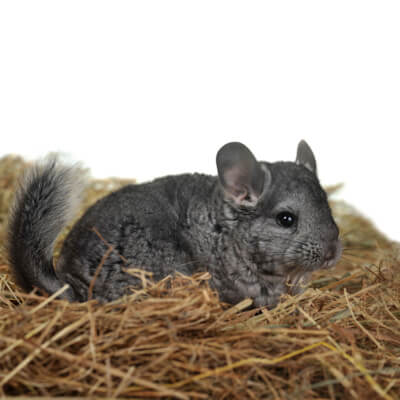Gerbils can suffer from spontaneous epileptiform seizures (epilepsy). These seizures may be precipitated by sudden stress, handling or introduction to a novel environment. Incidence of this syndrome is about 20% in natural populations.
Epilepsy appears to be inherited, and both seizure-resistant and seizure-sensitive strains have been developed by selective breeding. Inbred animals can have up to 100% incidence.
Seizures vary in severity from mild hypnotic episodes, characterized by cessation of activity and twitching of the pinnae and vibrissae, to severe myoclonic convulsions followed by tonic extensor rigidity. Post-seizure fatality occurs in <1% of affected animals.
There is no permanent damage – seizure onset occurs at 2-3 months of age with seizure incidence and severity increasing with age until the animal reaches six months of age.
A refractory period of up to five days can follow more severe seizures.
Research has shown that the seizure response can be almost completely suppressed in genetically predisposed animals if they are frequently stimulated by handling during the first three weeks of life.
No – anticonvulsant therapy is neither necessary nor recommended.





